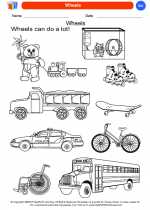Blood Vessels
Our circulatory system is made up of blood vessels that help transport blood, oxygen, and nutrients to the various parts of our body. There are three main types of blood vessels: arteries, veins, and capillaries.
Arteries
Arteries are blood vessels that carry oxygen-rich blood away from the heart to the rest of the body. They have thick, muscular walls that help pump blood to the body's tissues and organs. Arteries are also known for their pulse, which is the rhythmic beating of the heart that can be felt in certain arteries, such as the radial artery in the wrist.
Veins
Veins are blood vessels that carry oxygen-poor blood back to the heart. Unlike arteries, veins have thinner walls and contain valves that help prevent the backward flow of blood. This is important because veins are working against gravity to return blood to the heart, especially from the lower parts of the body.
Capillaries
Capillaries are tiny, thin-walled blood vessels that connect arteries and veins. They are the site of exchange for nutrients, oxygen, and waste products between the blood and the body's tissues. Capillaries are so small that only one blood cell can pass through them at a time, allowing for efficient exchange of substances.
Study Guide
- What are the three main types of blood vessels in the circulatory system?
- How do arteries differ from veins in terms of their structure and function?
- Where can the pulse of the body be felt, and which artery is commonly used to check it?
- What is the role of valves in veins, and why are they important?
- What is the function of capillaries, and why are they considered crucial for nutrient exchange?
Understanding the structure and function of blood vessels is essential for grasping the complexities of the circulatory system. Knowing how arteries, veins, and capillaries work together to keep our bodies functioning properly is a fundamental aspect of human biology.
[Blood Vessels] Related Worksheets and Study Guides:
.◂Science Worksheets and Study Guides Kindergarten. Pushing, Moving, Pulling

 Coloring Worksheet
Coloring Worksheet
 Coloring Worksheet
Coloring Worksheet
 Coloring Worksheet
Coloring Worksheet
 Coloring Worksheet
Coloring Worksheet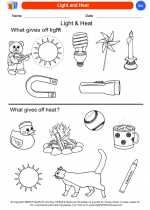
 Coloring Worksheet
Coloring Worksheet
 Coloring Worksheet
Coloring Worksheet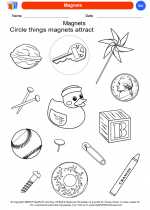
 Coloring Worksheet
Coloring Worksheet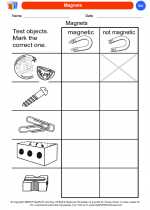
 Coloring Worksheet
Coloring Worksheet
 Coloring Worksheet
Coloring Worksheet
 Coloring Worksheet
Coloring Worksheet
 Coloring Worksheet
Coloring Worksheet
 Coloring Worksheet
Coloring Worksheet
 Coloring Worksheet
Coloring Worksheet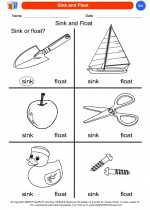
 Coloring Worksheet
Coloring Worksheet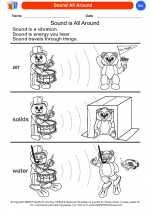
 Coloring Worksheet
Coloring Worksheet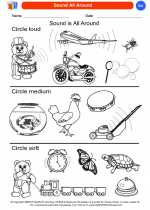
 Coloring Worksheet
Coloring Worksheet
 Coloring Worksheet
Coloring Worksheet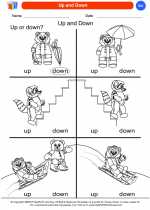
 Coloring Worksheet
Coloring Worksheet
 Coloring Worksheet
Coloring Worksheet